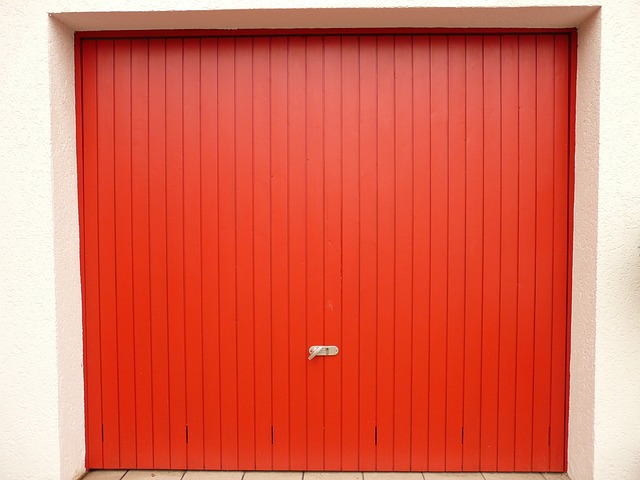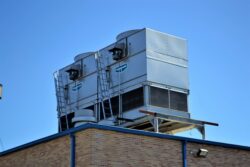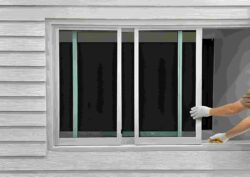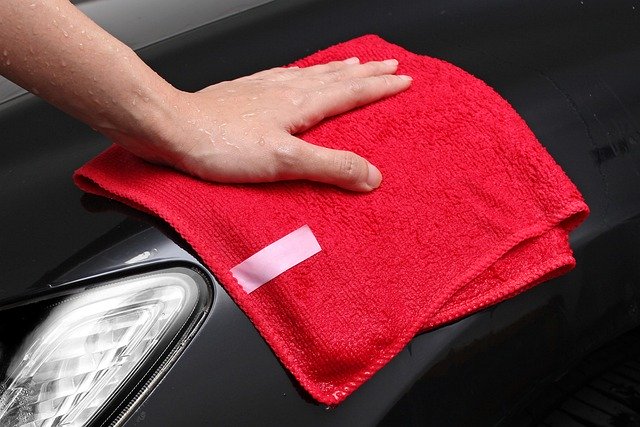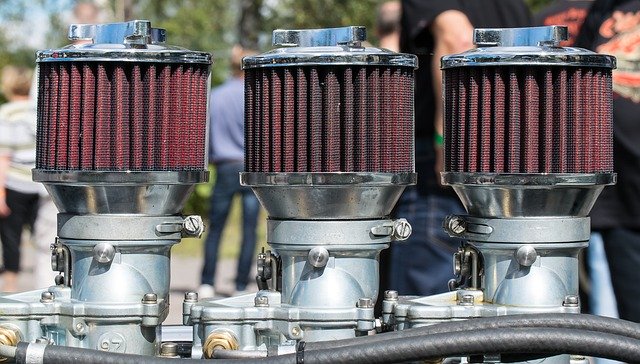The garage door is that part you usually take not enough care of. But think about it for a moment. It is a part of your exterior that people usually see; it is essentially your property’s face. Moreover, a poorly maintained garage door could present security marks. So, let’s not take anything for granted and deal with the matter of how to clean and maintain your home’s garage door.
This guide is here to help you understand the best strategies for maintaining your trusty garage door, to ensure it lasts for years, looks good as new, and keeps its functionality intact. The primary purpose here is to avoid experiencing trouble with your beloved cars trapped inside or left stranded outside when a barely cared-for garage door decides to give up the ghost and you are left scrambling to get it fixed while dodging interruptions to your everyday life.
There’s a lot more to maintaining your home’s garage door than you might initially believe. It isn’t just about the quick dust-off and a spray of WD-40 in any tricky spots. Proper garage door maintenance involves a top-to-bottom clean, a comprehensive inspection to ensure nothing is amiss and regular repeating of said clean and inspection to ensure the well-being of your garage door.
Sounds intimidating? Don’t worry, though, because we broke it down to you. Let’s start with cleaning.
Cleaning Your Garage Door
Cleaning your garage door regularly isn’t just a vanity thing, it’s also imperative to preserving the door’s function and lifespan. The steps and the process of cleaning may vary depending on the door’s material, whether it’s made from steel, wood, aluminum, or vinyl.
For Metal Doors (Steel or Aluminum)
First of all, use a garden hose to rinse the door, removing any loose dirt or debris. Next, create a cleaning solution using water and a mild, bleach-free detergent or dish soap. A mixture that consists of 1 cup of detergent into 5 gallons of warm water often does the trick, and scrub the door thoroughly with this solution using a soft brush or sponge.
Target grimy areas, paying careful attention to the bottom part, which often attracts the most grime due to its proximity to the ground. Remember that harsh cleaners can cause damage to the finish of metal doors. Once done with all the scrubbing, rinse the door thoroughly to wash off the cleaner and avoid leaving streaks or residue.
Sometimes metal doors develop rust spots. If you spot any, use a cloth soaked in vinegar to gently scrub off the rust. Be careful not to be too vigorous in removing rust, as you could damage the door’s finish.
Remember to clean the inside part too. Interestingly, the interior might not be dirtier than the exterior, thanks to all the dust, debris, and sometimes even moisture the garage accumulates. Use the same cleaning solution and the same method, but don’t forget to remove any items that could be damaged by water or detergent first.
For Wooden Doors
For wooden doors, the process is somewhat similar, but there are a couple of additional steps that you need to take into consideration. Firstly, rinse off the door with a garden hose to remove any loose debris. Like with metal doors, create a simple cleaning solution of water and a mild, bleach-free detergent or dish soap. Then, scrub the door carefully with a soft brush.
Wooden doors also attract mildew, so if you see any, mix a solution that’s 1 part bleach to 4 parts water and apply it to the mildew spots. Use a soft brush to scrub it off. Then rinse the door thoroughly with water.
For wooden doors, you also have to be mindful of any signs of chipping or peeling paint, as you’ll have to fix that to prevent the wood from rotting.
Polishing
After cleaning, polishing the door can help restore its shine. This is especially beneficial for metal doors, as it could also provide a protective layer against rust. Use car wax or any other safe for the door material wax, and apply it according to the manufacturer’s instructions.
Regular Garage Door Inspection and Maintenance
A clean garage door is a step in the direction of a fully maintained one, but regular inspection and maintenance tasks are crucial for keeping your garage door in the best possible shape.
Lubrication
The moving parts of the garage door mean that regular lubrication is necessary for transparency and prevention of awkward, potentially damaging squeaks. Use a high-quality silicone or lithium spray to lubricate the metal components like the hinges, rollers, and springs. Avoid using WD-40 as it tends to attract dust and dirt.
Be mindful not to over-lubricate, and wipe off any excess to avoid buildup. Remember, the goal is to reduce friction, not to make a mess!
Weather Seal Examination
Examine the weather stripping at the door’s bottom and sides. This safeguards against the elements that can wear out and may need replacing. If it’s brittle, cracked, or it seems to allow drafts in, it’s time to replace it.
Hardware Inspection and Tightening
The garage door moves up and down a thousand times a year, creating vibrations that could loosen nuts and bolts. Take your time to inspect all the hardware, and tighten any piece that seems loose.
Track Cleaning
The door track can accumulate dust, grime, and even rust, which could impair the door’s movement. Use a damp cloth to clean it and a brush for areas your cloth can’t reach. However, if you see major issues, resist the urge to bang it back with a hammer. Call a professional instead to avoid causing more harm.
Regular Safety Checks
Always perform safety checks. Make sure the door’s reversing mechanism works properly by placing a roll of paper towels under the door. If it doesn’t automatically reverse once it hits the roll, you need to have it checked. Also, the photo eye should be clean and well-aligned to perform correctly. You can periodically test its functionality by waving a broom in front of it while the door is closing.
Call Professionals Annually
You can handle most cleaning and regular maintenance tasks. However, we strongly recommend having a professional garage door technician perform an annual inspection. They are proficient in identifying impending issues and can do jobs that are potentially dangerous for untrained hands, like spring maintenance.
Conclusion
To sum up, a happy garage door is a quiet, well-oiled, clean, and professionally inspected one. By learning how to clean and maintain your home’s garage door, you ensure that it remains reliable and functional for years. Who knows, if you are dedicated enough, your neighbors may nominate your garage door as the community’s best-kept one!
The maintenance tasks we outlined may seem daunting at first glance, but like any chore around the house, once it becomes part of your routine, you’ll be on top of it with ease. And remember, a little attention to your garage door can save you from a lot of potential headaches in the long run.





